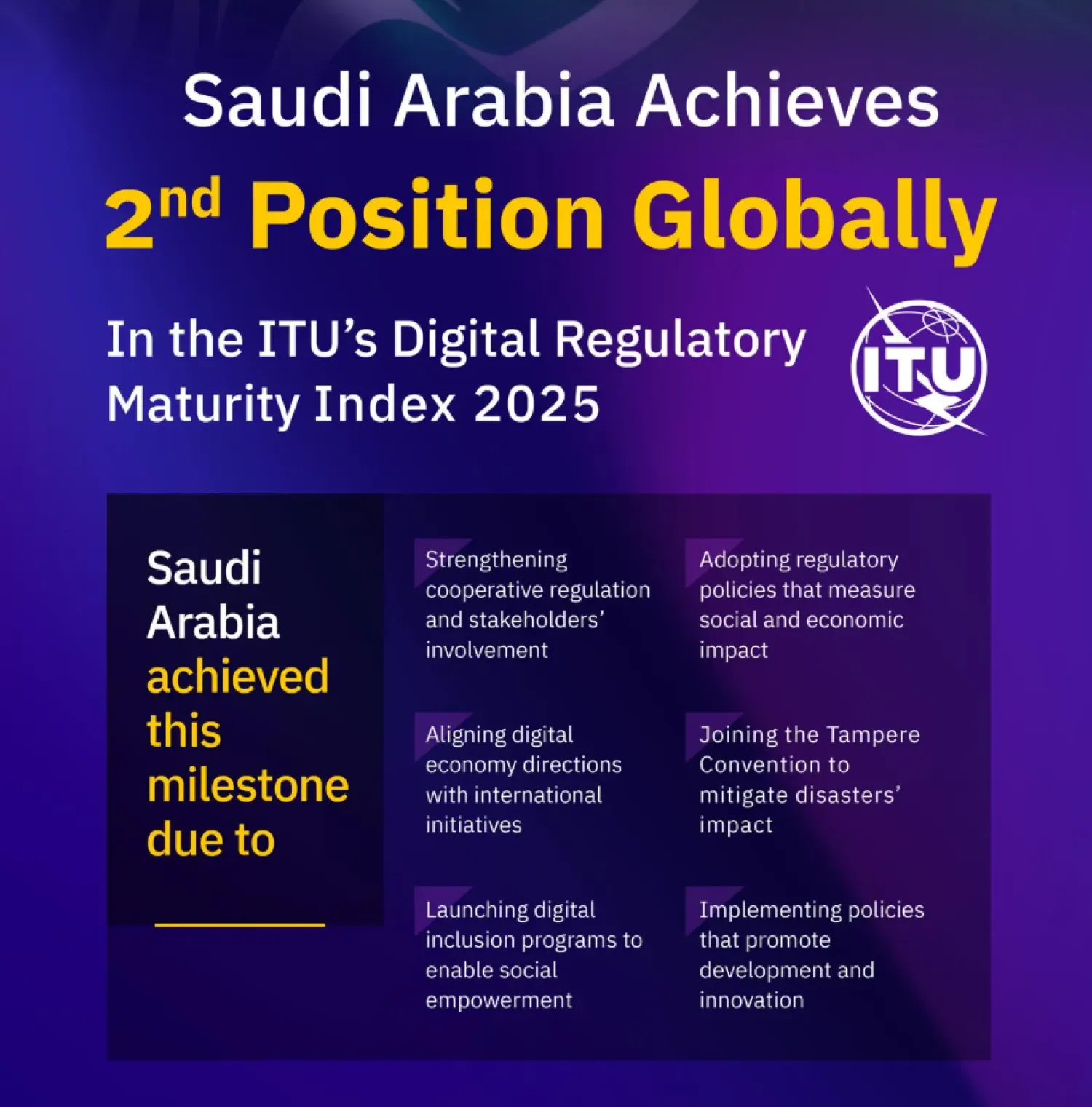The International Monetary Fund (IMF) said Wednesday it reached an agreement with Sudan on a reform deal that would back the 12-month Staff-Monitored Program (SMP).
An IMF mission led by Daniel Kanda held virtual meetings with the authorities from June 8-21 to discuss their reform package.
At the end of the mission, Kanda issued a statement revealing that "the Sudanese authorities and IMF staff have reached a staff-level agreement on policies and reforms that can underpin an SMP, subject to approval by the IMF's management and Executive Board.”
"The SMP aims at narrowing large macroeconomic imbalances, reducing structural distortions that hamper economic activity and job creation, strengthening governance and social safety nets, and making progress towards eventual HIPC debt relief.
“In support of these objectives, the reform package envisages increasing domestic revenue and reforming energy subsidies to create room for increased spending on social programs,” the statement read.
The new financing, however, has been held up by the need to settle decades of arrears to the IMF and Sudan’s listing, while under Omar al-Bashir’s rule, by the United States as a state sponsor of terrorism.
The Sudanese government pins hope on a conference of potential donors in Berlin this week.
Meanwhile, the economy is on the verge of collapse with inflation exceeding 100 percent and a shortage of bread and drugs.
Prime Minister Abdalla Hamdok finds himself desperate for foreign support.
“You have an unfinanced transition which is being hammered by a pandemic and a potential plague” of locusts, said a Western diplomat. “It puts pressure on the international community to put more money upfront quickly to ameliorate the degradation.”
Inflation topped an annual 100 percent last month as the government printed money to fund bread and fuel subsidies. Sudan’s currency has fallen to 150 to the dollar on the black market compared to 55 at the official rate, due to hard currency shortages.
Analysts and diplomats say Khartoum needs to deliver more substantial steps to overhaul an economy where key companies earning foreign currency such as gold exporters are controlled by military figures.
The government needs an estimated USD1.9 billion to cover the cash payment program. A preparatory document for the conference calls for “a pathway for Sudan’s re-engagement with international institutions” leading to eventual debt relief.
“The government is bankrupt effectively,” said Magdi el-Gizouli, a Sudanese academic and a fellow of the Rift Valley Institute. “They don’t have the funds for the cash program.”
The Berlin conference describes participants as “partners” rather than donors, to recognize that Sudan has its own resources and needs political and economic support rather than financial handouts, said Aisha al-Barir, a Sudanese government coordinator for the conference.
“Sudan is working on economic reform to take advantage of its own resources,” she said, pointing to a gold sector reform announced last week. Sudan also plans to liquidate or privatize many dysfunctional state firms.









